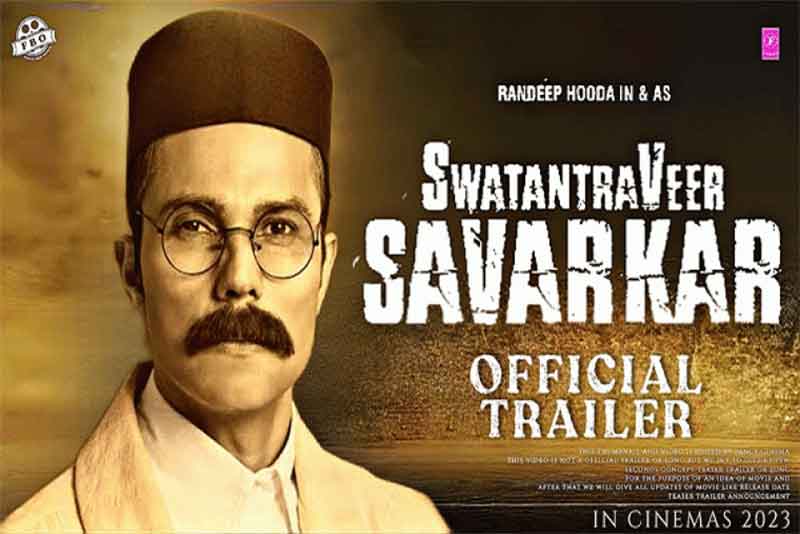
Every film has a target audience. Even the films that are “for everyone” are produced with a primary audience in mind. It can be said that the primary target audience of Greta Gerwig’s Barbie are women, given the titular character’s influence and popularity amongst the female demographic. It is not strictly a children’s film, which was established early through the trailer and its PG-13 rating. Calling the film a “feminist film” would not be too far away from reality, but calling it just a “women’s film” would be highly reductive. Because this film, which overtly questions patriarchy and the plight of women, is actually, in several ways, a “men’s film” as much as it is a “women’s film.”
The film attacks patriarchy in a humorous way, where Greta Gerwig satirises the legacy of the Barbie doll franchise by juxtaposing the real-world with the dream-like world of Barbieland. The film’s apparent obsession with patriarchy (or at least the word “patriarchy”) gives it the form of an obvious women’s film, but its unique treatment of the subject matter makes it feasible to be analysed as a film addressing men.
It is an erroneous stance to believe that patriarchy only affects women. In his book Masculinity in Crisis: Myths, Fantasies and Realities, psychotherapist Roger Horrocks talks about how patriarchy and patriarchal masculinity cripple men. Patriarchy strips men of their identity, turning them into somewhat rigid, emotionless beings, demanding them to act in specific predetermined ways.
We find instances of this in Gerwig’s version of Barbieland.
It must be remembered that the concept of Barbieland itself is patriarchal, because much of its creative (and executive) decisions are made by the male employees of Mattel. And that creates the first issue in the film. On the first look, everything in Barbieland appears happy and colourful – the world is “ruled” by women, and the men, although neglected, are satisfied with the way things are. But the fact still remains that the men in Barbieland are mere secondary citizens. Of course, this has to do with the Ken doll, which was not as popular or influential as the Barbie doll, but if we consider the plot elements to be analogies of real-world issues, we have to look at them from a slightly different perspective. The Barbieland that we see in the beginning of the film is nothing but a different embodiment of patriarchy. It might be asked here: why, then, are the women so happy, and how do they have power? This is because patriarchy is not only the dominance of men over women, but it is a structure. And the structure that Barbieland has been built upon is patriarchal. It is a facade: it appears to be beautiful and dreamy because the men at Mattel have decided for it to be this way, in order to meet their capitalistic goals. Inequality is an obvious consequence of this, and so the men in Barbieland are reduced to “just” Ken.
Once Ryan Gosling’s Ken visits the real world and sees how men run everything, he learns about patriarchy and then, he brings those values to Barbieland. The roles are suddenly changed, and the dream-world turns into a world that a teenage boy would like to live in (the Ken doll sales in the real world suddenly go up). Later, when “Stereotypical” Barbie (Margot Robbie) confronts Ken about his actions, he emphatically yells: “Because you let me down!” This moment proves that it was not only Barbie who went through an identity crisis prior to their trip to the real-world, but so did Ken. In the beginning, the female dolls in Barbieland were very happy with their life, and they did not care about the male dolls. The Kens had their desires and dreams as well, but they did not matter (because the Ken doll was never as profitable or as culturally significant as the Barbie doll). It was only after the introduction of patriarchy into the world and the subsequent “women’s revolution” that things could change for the better. While Barbie realises that “not every night has to be girls’ night,” Ken realises that he is “Kenough.” What made this change possible? It was understanding patriarchy. In order to understand patriarchy, its roots have to be figured out, and in order to eliminate patriarchy, the entire social structure would have to be questioned, and systematically dismantled. This is done in the film in a funny, entertaining way, but in the real world, it seems impossible. We have a millennia-old dominance of patriarchy. To be able to tackle that, we would have to educate ourselves first. Patriarchy primarily aids men, there is no doubt about that, but it only aids men who possess power, money, and knowledge. The film addresses all this and paints a powerful picture of the possibilities of challenging patriarchy.
The amount and extent of marketing done for the film has been astounding. The promotional tactics, too, become significant from another aspect: the film started a wave before its release. It used a specific colour – pink – as a theme, and as a marketing tool, which made the audience go into the theatres wearing pink. It became an implied dress code for both men and women at the screenings. Pink, which is generally considered a “girly” colour, was embraced by men of all ages. In the multiplexes around the world, there were shades of pink everywhere, which was mirrored by the colour black for the other film that was released on the same day – Christopher Nolan’s Oppenheimer. This was acknowledged by hundreds of viral memes on the internet, and was a part of the “Barbenheimer” phenomenon.
Barbie is a successful attempt at revamping a pop culture icon and using humour and satire to deal with a serious subject matter. It would not be too farfetched to predict that the film will be regarded as one of the most important feminist films of the century.
Aditya Modak is a film scholar and experimental filmmaker from Tripura. His short film “The Killer” was screened at the Northeast Film Festival 2023 in NFDC India, Mumbai, where he won the Best Director Bronze Award. He has recently completed his master’s in Film Studies at Jadavpur University. His debut novel, Arachnid, was published by Ukiyoto Publishing in 2021. E-mail [email protected]
















































